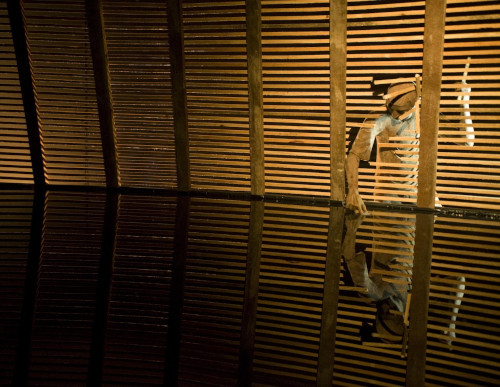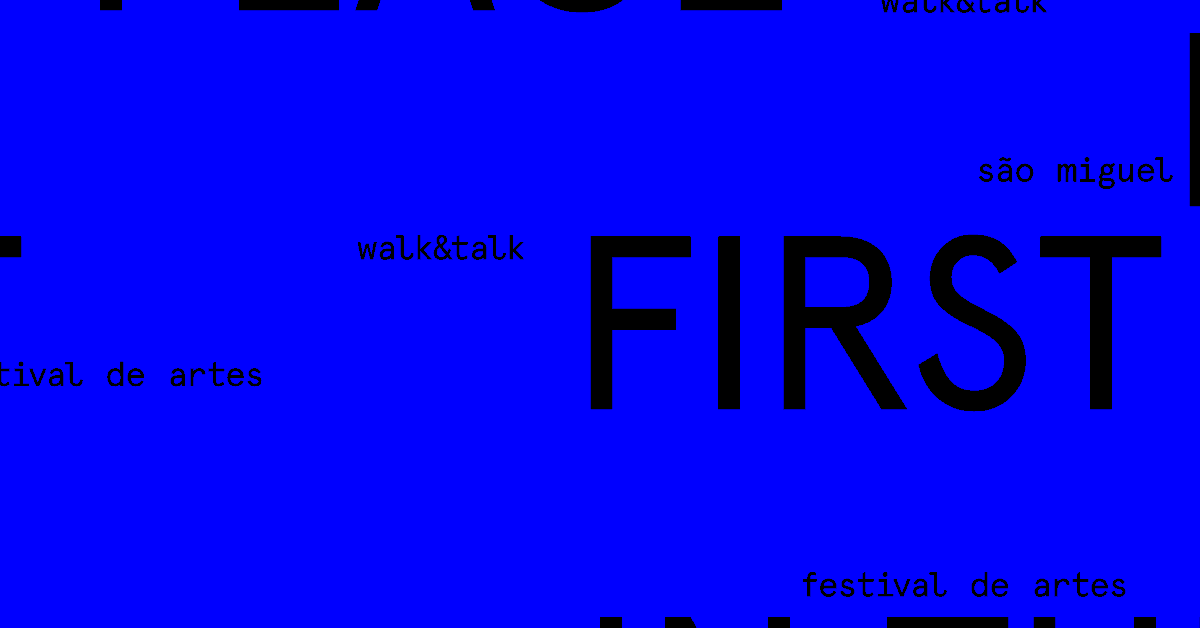

"My husband Manuel de Brito and I were the founders of 111 Gallery, who is now 47 years old and so began to exhibit in 1964. We went to Paris to meet the artists. José Escada, Eduardo Luis, Gonzalo Duarte, Júlio Pomar, the Lourdes de Castro, Antonio Dacosta and many more. Therefore, all of them became friends. At that time there were no galleries, no museums, i.e., there was nothing and so we have begun this work to show those Portuguese artists." This is the testimony of one of the founders of one of the most influential gallery in our country, Arlete Maria Alves da Silva; we begin a journey through the evolution of a new artistic identity in Portugal told in the first person.
How did the adventure begin a gallery in the late 60?
Arlete Maria Alves da Silva: My husband was a young bookseller. There was a critic who was called Mario Rui Gonçalves who dedicated his life to art. He was very electric and so ended up meeting a whole generation of artists of the time. He organized exhibitions in the college room, and was a great friend of my husband. At the bookstore where Rui worked alongside the science university, there was a gathering where personalities appeared as Almada Negreiros, Luis Dourdil, Abel Manta, Carlos Botelho, just to name a few, that entire generation of older artists gathered there to talk. My husband's dream was always to have a gallery, back then, was not able to do so. When the college of literature and law was transferred to Campo Grande, my husband proposed to the bookstore owner to open another one in that area to support the young student, then as a partner he wanted to remake the social gathering which took place within the previous location.
In 1963, I was studying in the university, but been an independent girl started working part-time in this bookstore in Campo Grande. That same year started a great love story, ours and decided to embark on this adventure that was the gallery and the collection. We rented space annex, which was a shoemaker who had bankrupted, and this place became a small gallery and began to expose artists who were complete strangers. The first was Joaquim Bravo, the second Alvaro Lapa, and the third was Antonio Palolo, in 1964.
It is then that there is a gallery named 111?
MAAS: No. It was even called a school library publishing, because it was the branch of the headquarters and then became the bookstore gallery. Vespeira who was an artist drew a picture with 111, was the port number, to put it in a litter and after a while everybody knew it by Gallery 111. The times were very poor. We did not sell anything, not even had that idea that it would ever invest in art. Our country was very poor and with visits of the PIDE (political policy) all the time, much money was lost in seizures. For example, I remember having received one hundred books of the Peace of Aristophanes, which was being studied at the faculty of letters and because there was dove on the cover had to be seized. It was an image that was considered subversive and they took all the copies.
Why a dove was considered subversive?
MAAS: Because of Picasso and his doves, symbolizing peace. Now imagine the financial of all 100 books gone. We received also reproductions from the Netherlands, some of these impressions were the painting Guernica they rarely reached our hands, grasp all by the PIDE in the mail. It was a time of horror the Salazarism.
After April 25 there have been improvements?
MAAS: We have to backtrack a little in time, when the Salazar fell off this chair is the moment when everything begins to change, with Marcelo Caetano there was a slowdown, the PIDE continued to be present, but they were not so fierce and oddly enough, there was a great economic openness. There was a man was key essential for us, it was Jorge Brito. A banker in love with art was a compulsive collector. Had the same age as my husband, and the same last name from the beginning they had a connection. He especially liked to collect Vieira da Silva and we ran all over the world to buy paintings for him. Paintings were expensive and from what we earn from the commissions that we helped artists with financial difficulties, they were hash times. We started by buying them the works and give them a monthly fee to have a more stable life. At this time, we opened up our world. We have a small gallery in Campo Grande we started to go to New York and London and we professionalized ourselves. Taking advantage of this boom, we moved from the 111 to the number 113 that was bigger and the gallery was opened exactly the day Salazar died.
It was then a big party!
MAAS: On that day everything was closed, schools, post offices, everything and people knew we had a fantastic cocktail, a crowd turned out and we inaugurated. After were reported to the police. They ordered to close the house because they claimed that we were celebrating the death of Salazar and it was true! (Laughs). In conclusion, we closed the doors and with the lights off, those who remained had a great party. In short, we returned to officially open next week and we made many good exhibitions, which show was Vieira da Silva.
The main purpose was always to show Portuguese artists?
MAAS: Yes. We liked them very much. They were young, were exiled and we were looking to bring their work to Portugal, and exposed to show it to everyone. For example, Jorge Martins, Luis Eduardo and all the others I mentioned.
So after the 25 th of April was much better?
MAAS: That was a great disaster (laughs). Until very recently I said, this crisis is bad, but the April 25th of 1971 was worse. Now I think anyway, maybe we are worse. At that time everything was very confusing at the economic level for the whole country, because wealthy people had to flee to Brazil and Spain. The revolutionaries occupied the farms and houses.
They went to the gallery?
MAAS: Only the bookstore they boycotted the space. Very troubled times, the interest was above 20%, many lost everything in the bank, received almost a million people from former colonies, were very bad times. We however, opened another gallery in Porto in 1971. During this period, we could not give any support to artists, we were not selling anything, neither art nor books, nor anything. Were very difficult years, five very complicated years. Then as with everything, there are moments of depression and moments of euphoria, that keep us afloat.
How do you see the evolution of art in Portugal? After all you followed, the early days, the middle and now.
MAAS: Before, people had many difficulties. Artists such as Lourdes Castro and others of his generation. Only later they could submit to Gulbenkian Foundation grants to survive out there. It was a tough existence. Some were teachers, others worked in restaurants. I remember the Dacosta was night porter in a hotel. Today's young artists have all, all kind of scholarships for study in New York, or wherever they want. If you have luck and talent you have a wealth of opportunities. But I am pessimistic, with the stock market crash in international markets and the crisis that raged in our country with the bankruptcy of BPN. Rich people had many losses and lost much. The art will be something that will go into the background. Of course, good works are always sold, but there is a shrinking market.
There is a difference between what is done here and abroad?
MAAS: There are works of great quality. There is no more the gap between what was done here and abroad. An overnight change. People did not have access to magazines, if we can imagine that there was no television in the sixties. Now nothing is hidden, which now goes immediately becomes universal. A young man doesn't need to leave home to go to a museum. There is mobility, young people travel throughout the world and this allows a very large opening. If they are very good, they are here as elsewhere. We live in a world with economic constraints. My daughter lives in Holland and tells me that the cultural centers are closing or reducing staff in England is the same thing, if this crisis continues for many years is going to be very complicated. The museums cannot afford to buy. I started only now to get scared, I'm always very positive, but let's see what this is going.
http://www.111.pt/











